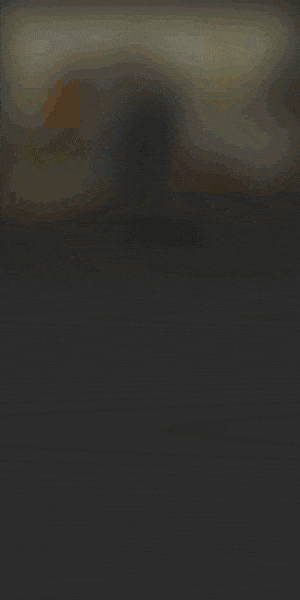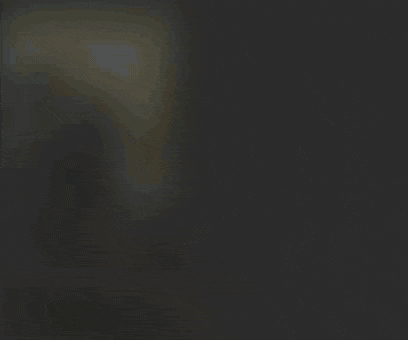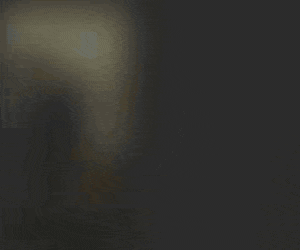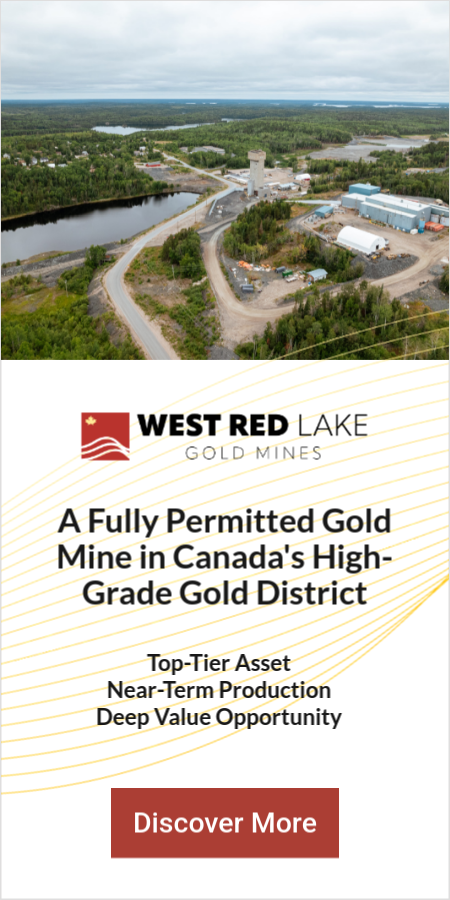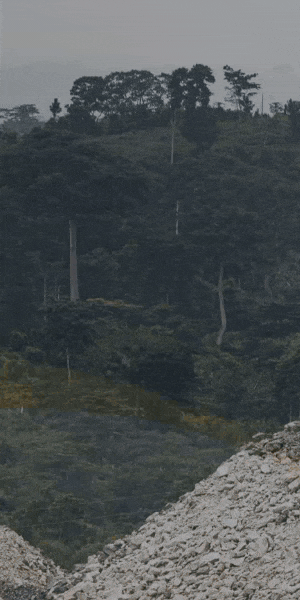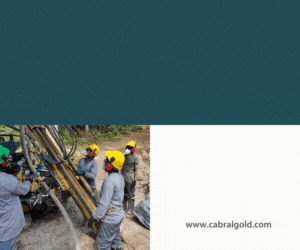Perseus Mining: African Gold Growth With $837M Cash & Production Ramp and What It Signals for Forward Returns

Perseus Mining holds $837M cash, zero debt, funding $800M+ African expansion. Production growth via higher grades at Edikan, Sissingué, CMA Underground & Nyanzaga.
- Perseus Mining's United States dollar eight hundred thirty-seven million net cash and bullion position as of September 30, 2025, enables full self-funding of greater than United States dollar eight hundred million in development and expansion capital expenditure across Africa, limiting dilution and debt exposure.
- Production is set to rise as higher-grade ore sources come online at Edikan and Sissingué, while the CMA Underground and Nyanzaga projects advance on schedule and on budget.
- African multi-jurisdictional exposure underpins structural cost advantages, supportive permitting frameworks, and long runway for resource extensions.
- Balance sheet strength, disciplined hedging, and buybacks reinforce downside protection during a period of elevated gold price volatility.
- Investors gain exposure to a scalable, long-life African growth profile with clear catalysts through 2026–2027.
Africa's Gold Growth Cycle & the Case for Self-Funded Expansion
Elevated gold prices and declining global reserve grades have redefined capital allocation in the mining sector. Developers now confront compressed lending windows and investor scrutiny around jurisdiction, permitting timelines, and execution risk. Among mid-tier producers, few demonstrate the combination of production scale, balance sheet strength, and multi-asset diversification needed to sustain organic growth without external financing.
Perseus Mining operates across three African jurisdictions with a portfolio that delivered ninety-nine thousand nine hundred fifty-three ounces during the September 2025 quarter. The company held United States dollar eight hundred thirty-seven million in net cash and bullion as of September 30, 2025, with zero debt and a capital expenditure pipeline exceeding United States dollar eight hundred million, all internally funded. This configuration reduces financing risk, protects equity value during development cycles, and positions the company to consolidate net asset value without shareholder dilution.
As the CMA Underground project advances in Côte d'Ivoire and the Nyanzaga development progresses in Tanzania, Perseus enters a period where production growth intersects with rising grade profiles at established operations. The combination of immediate cashflow generation and fully funded expansion creates visibility around medium-term net asset value accretion and supports forward returns through fiscal year 2027. Perseus operates on a July-to-June fiscal year.
Craig Jones, Managing Director and Chief Executive Officer of Perseus Mining, emphasizes the company's strategic positioning:
"The company earned its reputation of being able to build and operate mines in Africa, not to mention the great balance sheet that the company has and the very attractive projects that it has to deliver."
Why Balance Sheet Strength Is Now a Core Differentiator
The gold mining industry faces rising capital intensity across development projects and operating mines. Inflation in labour costs, consumables, and equipment has compressed margins for producers without corresponding grade or throughput advantages. Many developers must access external capital at a time when equity markets apply higher discount rates to African jurisdictions and lenders impose restrictive covenants on project finance.
Perseus held United States dollar eight hundred thirty-seven million in net cash and bullion as of September 30, 2025, with zero debt. This position eliminates refinancing risk and allows the company to sequence development projects according to operational priorities rather than capital availability. The company also maintains access to a United States dollar three hundred million undrawn credit facility, providing additional financial flexibility.
The company's financial structure supports disciplined capital allocation across multiple growth initiatives simultaneously. With capital expenditure exceeding United States dollar eight hundred million planned over the next five years, Perseus retains control over development schedules and can absorb cost inflation without triggering capital raises. This reduces execution risk and improves visibility around production timelines.
Jones articulates the strategic implications of this financial positioning:
"There's no need for us to take any debt. We can fund all of our aspirations through the cash that we have on the balance sheet."
Multi-Asset Platform in Africa: A Structural Advantage for Organic Growth
Perseus operates across Ghana, Côte d'Ivoire, and Tanzania with established operations and development projects at various stages of maturity. Multi-jurisdictional exposure provides diversification across regulatory frameworks, weather patterns, power infrastructure, and geological profiles.
Perseus has secured key approvals including the Presidential Decree for CMA Underground in Côte d'Ivoire, granted in September 2025, and agreement amendments for Nyanzaga in Tanzania, officially signed on August 20, 2025. These approvals reflect established government relationships and demonstrate the company's ability to advance large-scale projects within supportive fiscal frameworks.
Different rainfall patterns, power conditions, and grade profiles across the portfolio create operational diversification. When one jurisdiction experiences wet-season access constraints, operations in other regions maintain production continuity. Feed flexibility across multiple mills allows the company to optimize processing schedules based on grade availability and metallurgical characteristics.
Operating Performance: High Margins Despite Transitional Quarters
Perseus produced ninety-nine thousand nine hundred fifty-three ounces during the September 2025 quarter at an all-in sustaining cost of United States dollar one thousand four hundred sixty-three per ounce. Notional cashflow for the quarter reached United States dollar one hundred sixty-one million, driven by an average realized gold price of United States dollar three thousand seventy-five per ounce. The company's twelve-month rolling total reportable injury frequency rate stood at zero point six zero, reflecting industry-leading safety performance. The company also achieved zero lost time injury frequency rate, representing one year without a lost time injury.
Production during the quarter reflected transitional mining sequences at several operations. Edikan completed extraction from the AG and Fetish pits while addressing access issues to the Nkosuo pit. Yaouré shifted entirely to the Yaouré pit following completion of the CMA open pit. These transitions temporarily compressed grades and production volumes but position the operations for higher throughput as new ore sources reach steady-state extraction.
Despite these transitional dynamics, the company maintained strong margins. The average realized gold price of United States dollar three thousand seventy-five per ounce generated a margin of United States dollar one thousand six hundred twelve per ounce over all-in sustaining costs.
Jones highlights the operational discipline underlying these results:
"The plan as it stands is to continue to run a safe and efficient business that delivers strong cash flows so that we can continue to return capital to our shareholders whilst at the same time delivering our growth aspirations."
Growth Catalyst 1: Yaouré & the CMA Underground Build-Out
The Yaouré operation in Côte d'Ivoire completed mining from the CMA open pit during the September 2025 quarter and transitioned entirely to the Yaouré pit. The Yaouré pit contains lower-grade ore with greater geological complexity compared to CMA. Mill head grade for the September quarter was 1.96g/t, creating a near-term production impact. This transition sets the stage for grade uplift as underground production from CMA commences.
CMA Underground represents the first mechanized underground mine in Côte d'Ivoire and a significant technical milestone for Perseus. Development commenced with the first blast at the Pauline portal during the September quarter. As of October 26, 2025, sixty-nine meters of development had been completed with cycle times meeting expectations as teams gain familiarity with ground conditions.
First ore delivery is scheduled for the third quarter of fiscal year 2026, with commercial production scheduled for the third quarter of fiscal year 2027. The underground operation will extract higher-grade material than the Yaouré pit, offsetting elevated mining costs through improved mill feed quality.
Growth Catalyst 2: Edikan Enters a Higher-Grade Cycle
The Edikan operation in Ghana completed mining from the AG and Fetish pits during the September 2025 quarter and now sources ore primarily from the Nkosuo pit. Nkosuo contains higher grades than the depleted pits and represents the primary feed source for Edikan through the medium term.
Access issues during the wet season temporarily constrained extraction rates from Nkosuo during the September quarter. These access challenges have been mostly resolved, with conditions improving as operations moved into the dry season. With improved access, Nkosuo's higher-grade material flows more consistently to the processing plant.
Production from Edikan is expected to increase over the next three quarters as Nkosuo reaches steady-state extraction rates. Higher grades reduce processing requirements per ounce produced and improve unit economics.
Jones addresses the Nkosuo opportunity:
"The Nkosuo pit is higher grade. We will see production at Edikan start to increase over the next three quarters."
Growth Catalyst 3, Sissingué Benefits From Higher-Grade Antoinette Feed
The Sissingué complex includes the Bagoé operation, which is preparing to commence mining at the Antoinette deposit. Mining operations at Antoinette are scheduled to commence in the second quarter of fiscal year 2026. Antoinette ore provides much higher grades compared to current Sissingué feed sources, positioning the complex for improved production and cost performance.
Once mining commences, Antoinette is expected to introduce materially higher-grade ore into the Sissingué mill circuit. This feed source will replace lower-grade material from other deposits within the complex and lift average mill head grade. Higher grades are expected to improve recovery rates and reduce processing costs per ounce, directly impacting all-in sustaining costs.
Jones explains the grade strategy at Sissingué:
"That ore is much higher grade than what we're currently feeding… As the grade increases we'll start to see that all-in sustaining cost reduced in line with the guidance that we've provided the market."
Growth Catalyst 4, Nyanzaga: A Long-Life African Development on Schedule & Budget
The Nyanzaga project in Tanzania represents Perseus's largest development initiative and a cornerstone of the company's production growth profile through fiscal year 2027. Construction progress remains on schedule and within budget, with earthworks for the processing facilities and infrastructure areas completed. Earthworks have now moved into the tailings facilities.
Fabrication of the SAG and ball mills was tracking ahead of schedule as of October 27, 2025, reducing critical path risk. Power line and transformer contracts have been awarded, ensuring electrical infrastructure aligns with processing plant commissioning timelines scheduled to commence in September 2026.
As of October 27, 2025, over one thousand personnel were working on site, reflecting the scale and intensity of construction activity. This workforce level supports adherence to the development schedule and positions the project for first gold production in January 2027.
Ongoing drilling programs have returned promising results, supporting expectations for mine life extension beyond the base case reserve model. The company is looking to potentially release another reserve and resource update later this year, incorporating recent drilling results. A major reserve and resource update was released on August 21, 2025.
Jones addresses the strategic importance of Nyanzaga:
"The Nyanzaga project is progressing very well on time, on budget. The fabrication of the ball mills and the SAG mills is progressing well… They're actually ahead of schedule which is good… The drive here is to extend the life of mine beyond the base case."
Financial Strength: Buybacks, Hedging Discipline & Total Liquidity
Perseus combines substantial liquidity with disciplined capital allocation policies that balance growth investment and shareholder returns. As of September 30, 2025, the company maintained United States dollar eight hundred thirty-seven million in net cash and bullion, zero debt, and access to a United States dollar three hundred million undrawn credit facility. This financial structure provides flexibility across commodity price environments and development cycles.
The board has committed to a United States dollar one hundred million buyback program. Disciplined buybacks return capital to shareholders without constraining operational flexibility or development funding. The combination of buybacks and fully funded growth initiatives demonstrates capital allocation discipline.
Perseus has evolved its hedging approach toward uncommitted put options. As of September 30, 2025, the current hedging position included one hundred ninety thousand ounces of put options at an average strike price of United States dollar two thousand six hundred five per ounce. This structure provides downside protection while maintaining full exposure to gold price upside.
Jones articulates the hedging philosophy:
"Our hedging policy is prudent… There is always downside protection that's needed… In more recent times we've been focusing on zero-cost collars and that gives us better exposure to upside in the gold price at the same time as maintaining the floor for us. Even more recently we've been focusing on just buying put options because they've been relatively cheap."
Why Perseus Represents Scarcity Value in the Mid-Tier Gold Space
The mid-tier gold sector contains numerous producers, but few combine the operational, financial, and jurisdictional attributes that Perseus demonstrates. Perseus operates multiple producing assets, maintains zero debt with substantial cash holdings, advances two major development projects simultaneously, and demonstrates industry-leading safety performance.
Grade improvements at Edikan and Sissingué occur through pit sequencing rather than capital expenditure, creating near-term production growth without dilution. The staggered timing of these catalysts, combined with the CMA Underground and Nyanzaga developments, provides multiple paths to production and margin expansion through fiscal year 2027.
Many mid-tier producers operate with higher debt loads, face cost inflation without offsetting grade improvements, navigate protracted permitting delays, or require external financing to advance development projects. Perseus advances projects on schedule and budget without external funding requirements.
The Investment Thesis for Perseus Mining
- High margin stability positions Perseus to sustain free cashflow generation as elevated gold prices combine with rising grade profiles at Edikan and Sissingué. These margins provide cushion against cost inflation and support continued self-funding of development activities without compromising shareholder returns.
- Internally funded growth eliminates dilution risk and refinancing uncertainty as United States dollar eight hundred thirty-seven million in net cash enables capital expenditure for Nyanzaga and CMA Underground without requiring equity raises or debt facilities. This financial structure protects net asset value accretion for existing shareholders through the development cycle.
- Production growth trajectory strengthens through higher-grade ore from Edikan's Nkosuo pit and Sissingué's Antoinette deposit, combined with new underground production at CMA and greenfield development at Nyanzaga. These multiple catalysts create visible production uplift through fiscal years 2026 and 2027.
- Net asset value expansion occurs as Nyanzaga and CMA Underground transition from development projects toward producing assets. Schedule adherence and budget discipline reduce discount rates applied by institutional investors, consolidating future cashflows into current valuations.
- Low risk execution profile emerges from multi-asset diversification that reduces single-operation concentration risk, disciplined hedging through put options that maintain gold price upside while protecting against downside, and strong permitting relationships across Ghana, Côte d'Ivoire, and Tanzania that support development timelines.
A Fully Funded Growth Story With Visible Catalysts Through 2027
Perseus Mining offers investors a combination of attributes rarely found within the mid-tier gold sector. Financial strength through United States dollar eight hundred thirty-seven million in net cash as of September 30, 2025, and zero debt eliminates refinancing risk and enables organic growth without shareholder dilution. Multi-asset diversification across three African jurisdictions reduces operational volatility while providing multiple pathways to production expansion.
As multiple catalysts align, Nyanzaga development targeting January 2027 commissioning, CMA Underground scheduled for third quarter fiscal 2026 first ore, rising grades at Edikan from the Nkosuo pit, and higher-grade Antoinette feed scheduled for second quarter fiscal 2026, the company positions for production uplift through fiscal years 2026 and 2027.
In a gold market characterized by constrained supply growth, declining reserve grades globally, and elevated capital requirements for new development, internally funded African production growth represents material scarcity value. Perseus enters this growth phase with the financial resources, operational capability, and jurisdictional relationships required to execute its five-year outlook. For investors seeking exposure to organic production growth without the financing risks common among development-stage projects, Perseus presents a compelling risk-adjusted profile with visible catalysts extending through fiscal year 2027.
TL;DR
Perseus Mining stands out among mid-tier gold producers with $837 million in net cash and zero debt as of September 2025, enabling fully self-funded expansion across Africa. The company operates in Ghana, Côte d'Ivoire, and Tanzania, producing 99,953 ounces in Q1 at strong margins. Production is set to rise through multiple catalysts: higher-grade ore from Edikan's Nkosuo pit and Sissingué's Antoinette deposit, CMA Underground development (first ore Q3 FY2026), and the major Nyanzaga project targeting January 2027 commissioning. With over $800 million in planned capital expenditure fully funded internally, disciplined hedging via put options, and a $100 million buyback program, Perseus offers investors rare exposure to organic African gold growth without dilution or financing risk through 2027.
FAQs (AI-generated)
Analyst's Notes




Subscribe to Our Channel
Stay Informed
















